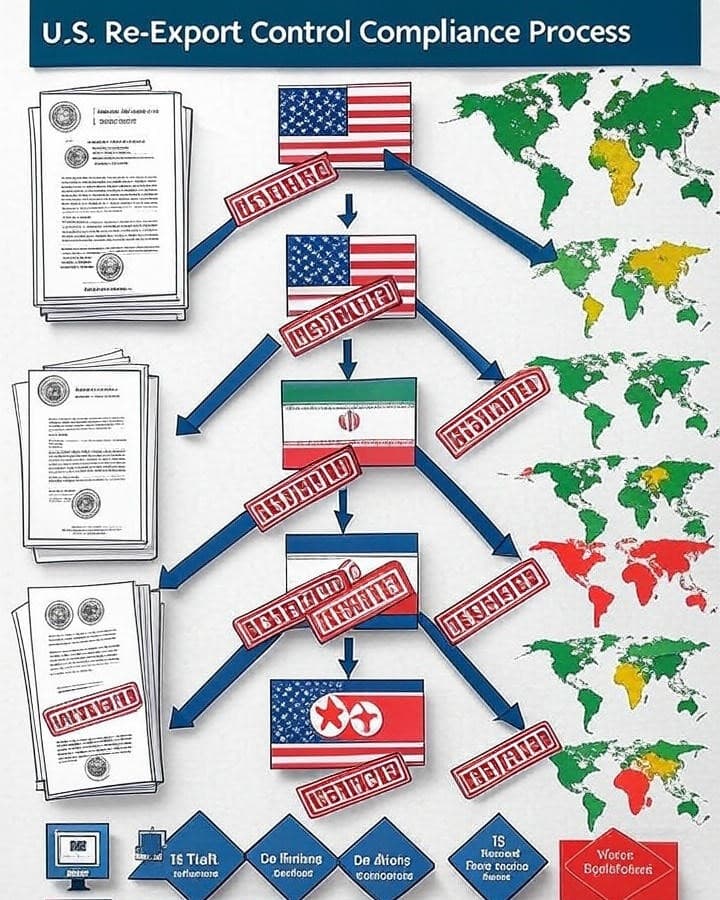Have you ever wondered why moving American-made products from one country to another can be so complicated? If you’re involved in international trade, you’ve probably encountered the maze of U.S. re-export regulations.
Whether you’re a small business owner importing U.S. components or a multinational corporation dealing with complex supply chains, understanding re-export rules is crucial for staying compliant and avoiding costly penalties. if you already have U.S. export license, everything will be much easier for you.
